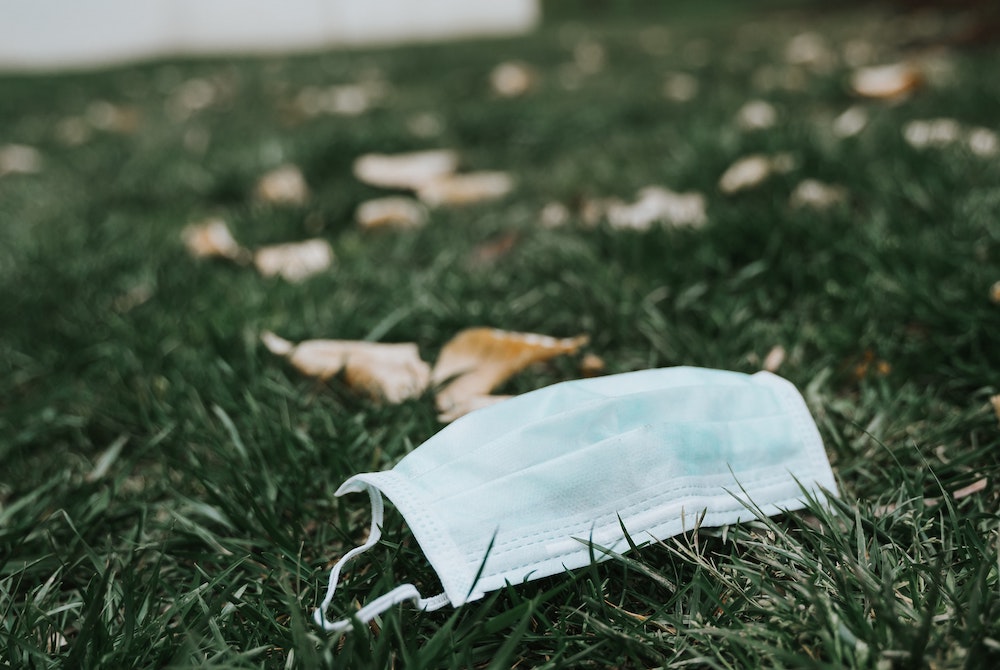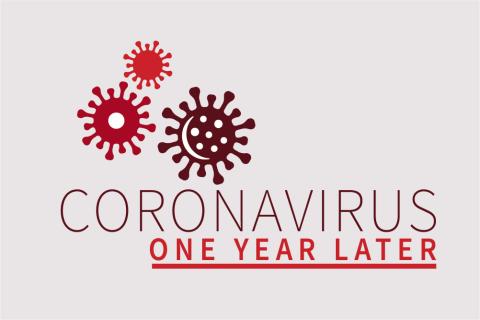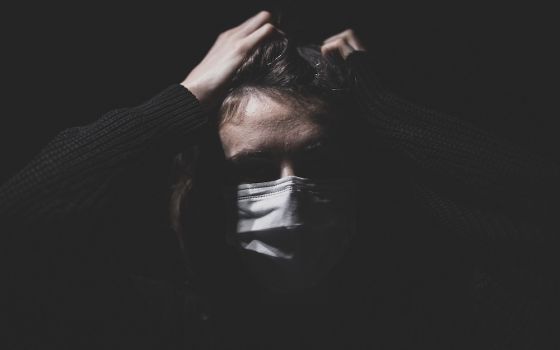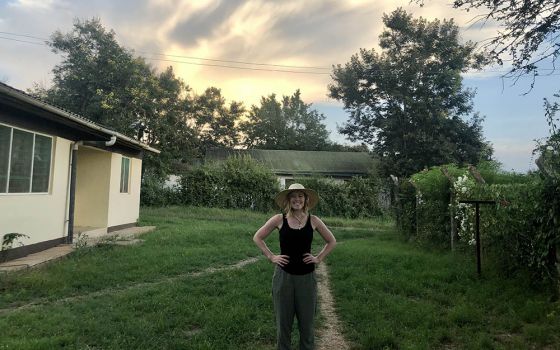
The grieving about the loss of normalcy, whatever that actually means, may be misplaced since there were plenty of things before this pandemic that should have been discarded long ago. (Unsplash/Tatiana Rodriguez)

(NCR, GSR logo/Toni-Ann Ortiz)
This has been one of the worst years of my life. And I would venture to guess that this has also been the case for almost everyone reading this column.
When over the course of one year more than 550,000 people are killed in the United States by a disease caused by a novel coronavirus, many of whom did not have to die were it not for the incompetence of government leaders at the national and local levels during 2020, it is hard to find a word to adequately describe such suffering. Tragic? Horrific? Devastating?
The suffering collectively experienced over the course of the last 12 months and the death toll, which exceeds even that of some of our bloodiest wars, is incomprehensible. Every descriptor feels like a cliché, and all attempts at summation seem to fall short.
As I write this column around the one-year anniversary of when the World Health Organization formally declared COVID-19 a pandemic, I have been trying to think about all that has taken place since March 2020. And it is overwhelming. I don't need to offer yet another list of the facts or social comorbidities like systemic racism, political polarization and growing economic inequality, because all of these data points are already familiar to you.
Instead, I found myself considering the oft-cited phrase "things will never be 'normal' again," wondering whether it is a fair statement and, furthermore, what it might actually mean.
To be frank, I hate that expression. Throughout the past year, people have been invoking it as some kind of signifier of the dire circumstances that beset us. The general intention seems to be that this pandemic is so immense in its consequences that what we once considered normal or customary would never return again.
Advertisement
At its best, I think the aim of such statements was to prepare oneself and others for the long haul. A year ago, nobody, including the top medical experts and public health officials, could have imagined having a safe and successful vaccine ready for distribution just a few months down the road, let alone several such vaccines. Likewise, given the widespread usage of surgical masks by travelers in other parts of the world in the wakes of the SARS and other viral epidemics, it is reasonable to assume that barefaced air travelers will be something far less common than before.
Statements like "things will never be the same again" can come across as dramatic and ominous. That is, if everything that was considered normal before the pandemic is still considered worth returning to after the virus has been put under control, then we would have a lot to fear and mourn.
The grieving about the loss of normalcy, whatever that actually means, may be misplaced since there were plenty of things before this pandemic that should have been discarded long ago. And now, after a year of tragic suffering and loss, of isolation and reflection, of taking inventory of what is and what is not actually important, perhaps it is time for some social and ecclesial winnowing.
Except for the superrich and political elites, we have all been forced to return in some degree to focusing on the basics in life. This has included reevaluating what purchases are necessary; reflecting on whether work ought to be treated as an end in itself, especially when it might take us away from family or other important priorities; examining how we spend our time and with whom we spend our time; and so on. When you generally cannot leave your house for months on end, you also take into consideration where you live, how you live and with whom you live in new ways.
When it comes to our communal ecclesial life, a major lesson of the pandemic has been that more involvement and leadership on the part of the laity and non-ordained ministers is an absolute necessity.
Last March when the pandemic came to the United States, everything shut down quickly and there was not much time for reflection; there was only time for swift reaction. Today, with vaccines in many of our arms and months of discernment under our belts, we should not rush to return to some mere status quo as if everything was just fine in February 2020. Instead, we would do well to take this opportunity during appropriate reopening of society and communal ecclesial life to question what we are doing, why we are doing it, how it is being done, and who is represented or in charge in what we do.
When it comes to our communal ecclesial life, I think a major lesson of the pandemic has been that more involvement and leadership on the part of the laity and non-ordained ministers is an absolute necessity. I have participated in several dozen Zoom liturgies — some Eucharistic celebrations streamed live, others centered on the celebration of the Word that allowed for greater inclusion in who presided or preached — and each of them was spiritually nourishing in its own right. I know many others who have likewise "shopped" around online, sampling the liturgical life of communities physically distanced but spiritually united, and it was life giving.
Before the pandemic, even as church attendance declined, liturgical celebrations in the United States by and large suffered from being stuck in a rut. A decreasing number of ordained clergy, combined with increasing demands and ministry sites placed upon them, resulted in low-quality preaching, limited amounts of time for non-sacramental pastoral care and the ever-present threat of ministerial burnout.
While nothing can replace the celebration of the Eucharist, how we celebrate the Eucharist together is an open question. Pope John Paul II was a champion of the importance of inculturated liturgy, as is Pope Francis. Perhaps one thing that we can take away from the inspirational Zoom liturgies of the pandemic is that a new kind of lay ecclesial leadership is needed across the church, not just in those rural locations where such practices already exist out of necessity.
Before the pandemic, even as church attendance declined, liturgical celebrations in the United States by and large suffered from being stuck in a rut.
In the past, the standard model of increasing lay participation in pastoral ministry has been a sort of "add on" approach. The ordained continued to run the show, have the final say and even micromanage all aspects of the parish's life, even if some lay women and men were hired to staff various offices and ministries. But, as we saw when the collections dried up and parish budgets tightened, the laity were the first to be furloughed or fired. That is one of the clearest indicators of who mattered and what was seen as a priority during the "normal" times, made patently clear in the wake of the pandemic.
The pandemic has only shone a brighter light on the inconsistency of ecclesial and pastoral leadership across the United States. The lack of prioritizing the laity, especially women, in the highest positions of pastoral leadership and influence has and continues to have dire consequences, most notably a lack of grounding and sense of reality among the most insulated and self-referential of the hierarchy.
As the church in the United States continues to grapple with this past year and look to the future, hopefully with its leaders honoring the dead in the meantime by emphasizing the moral imperative that all be vaccinated, I hope that we never return to the false stasis of our past "normalcy" and instead boldly embrace God's creative Spirit, which I pray is sent to renew the face of the earth … including the church (Psalm 104).







